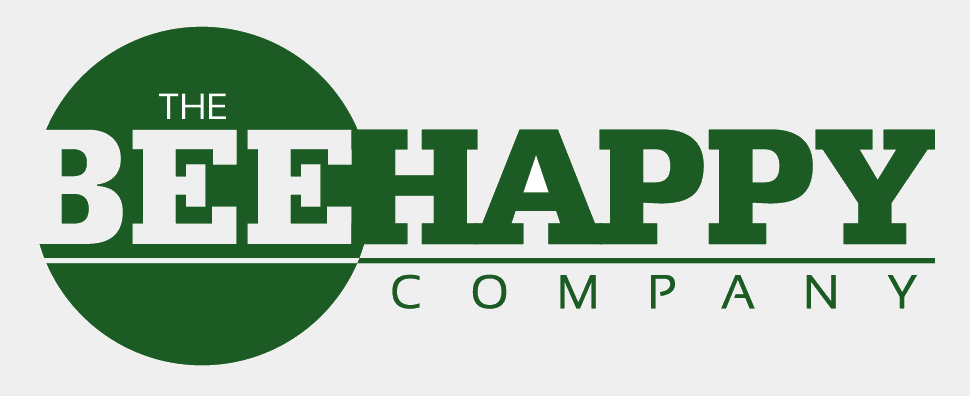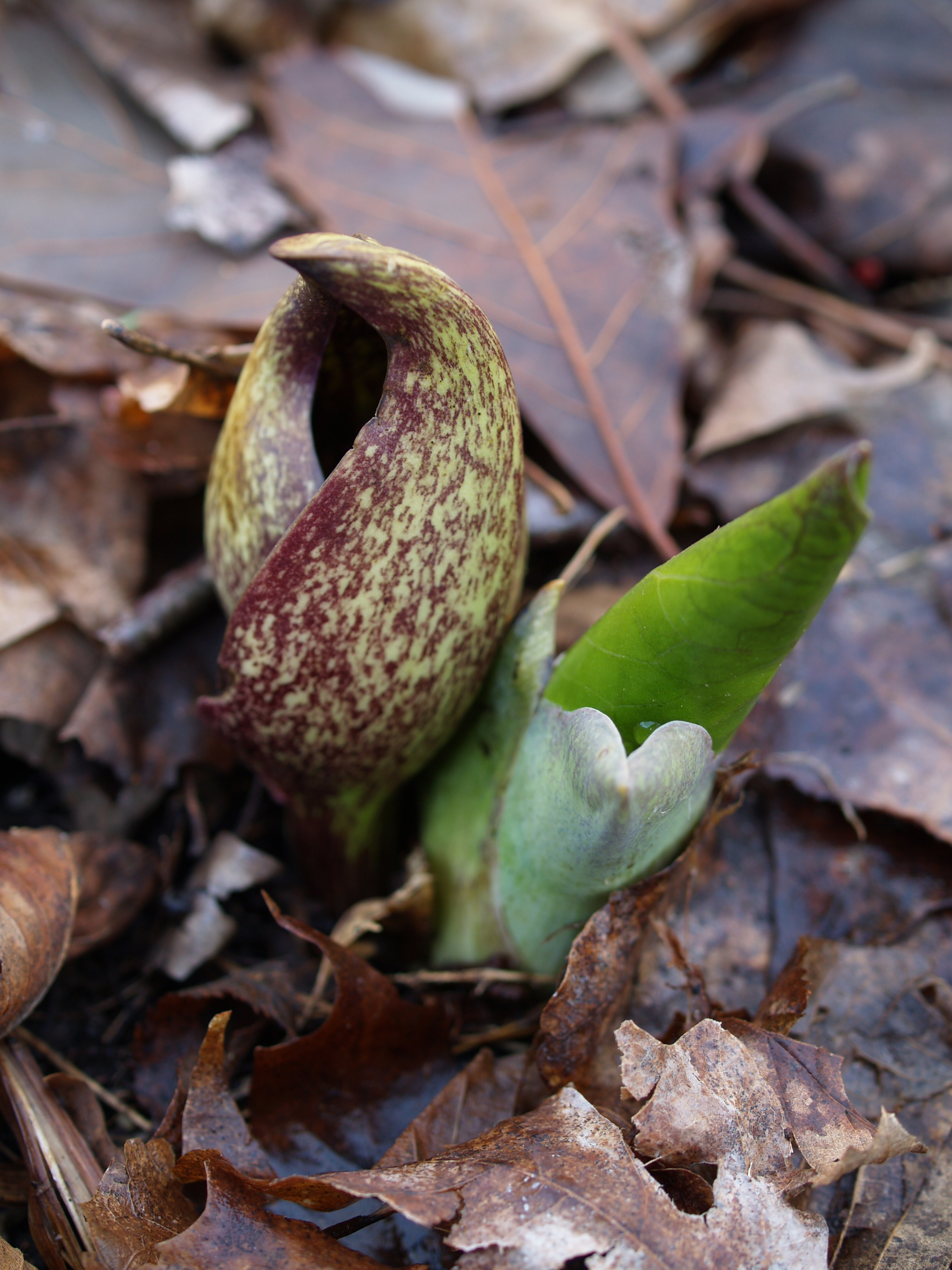It’s under there, I just know it. Nestled under the snow at the moment, it’s hard to believe we’ll be seeing and smelling this plant in swamps and streams in less than a month. I for one will be happy to see anything green by then, with all the snow we’ve had this winter. But I’ll breathe a sigh of relief for another reason too. Skunk cabbage is one of the first sources of pollen for honeybees and on those sunny days that reach the mid-forties, I’ll be counting on the skunk cabbage to entice my bees with their pollen and warm cavities.
Even before the leaves form, the first part of this plant to emerge is known as the spathe, a brownish speckled pod. Inside this is the spadix, a structure covered with tiny yellow flowers. An impressive amount of heat is generated within this pod, maintaining a temperature close to 70 degrees inside. Seventy degrees! When was the last time we’ve seen that? Honeybees out foraging in the cool temperatures find this as enticing as the pollen, enabling them to warm up enough to fly back to the hive.
Take a close look at a skunk cabbage plant this year if you can. Curiously, they don’t smell like skunk at all; they smell more like rotting meat. Personally, I’d rather smell skunk!
Visit these websites for more information about skunk cabbage:
www.fcps.edu/islandcreekes/ecology/skunk_cabbage.htm
https://www.nwf.org/Wildlife/Wildlife-Library/Plants/Skunk-Cabbage.aspx


Follow Us!